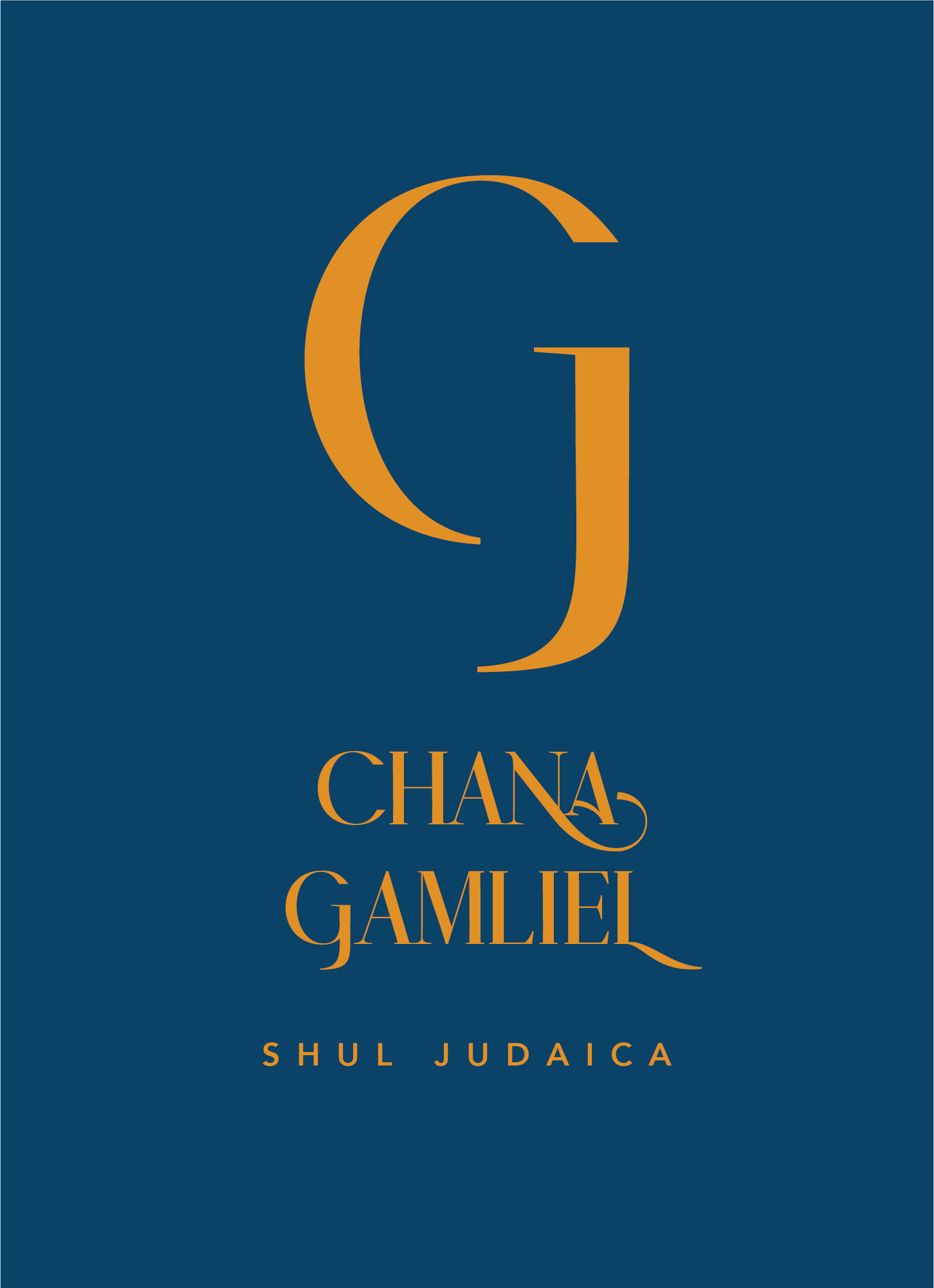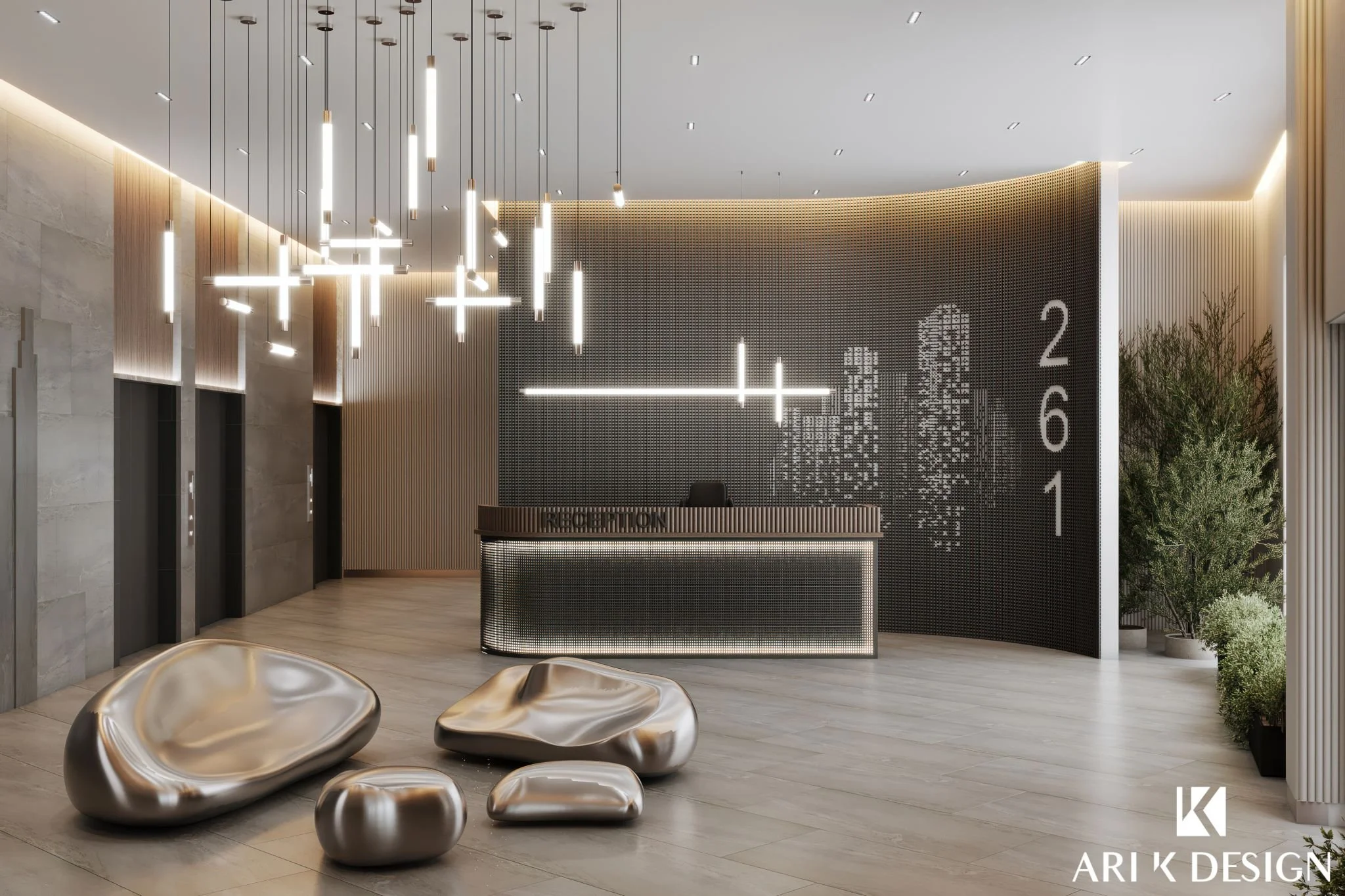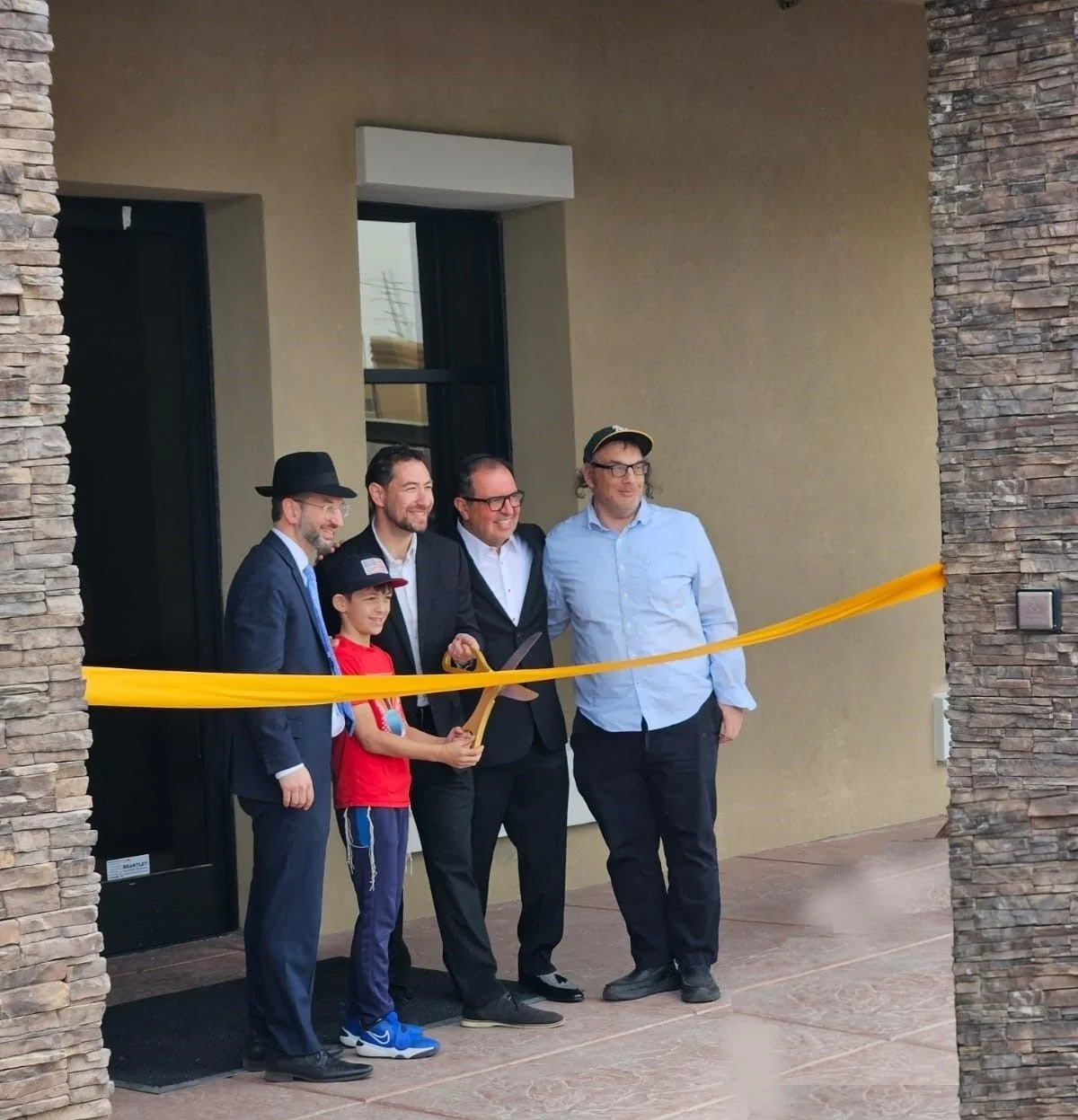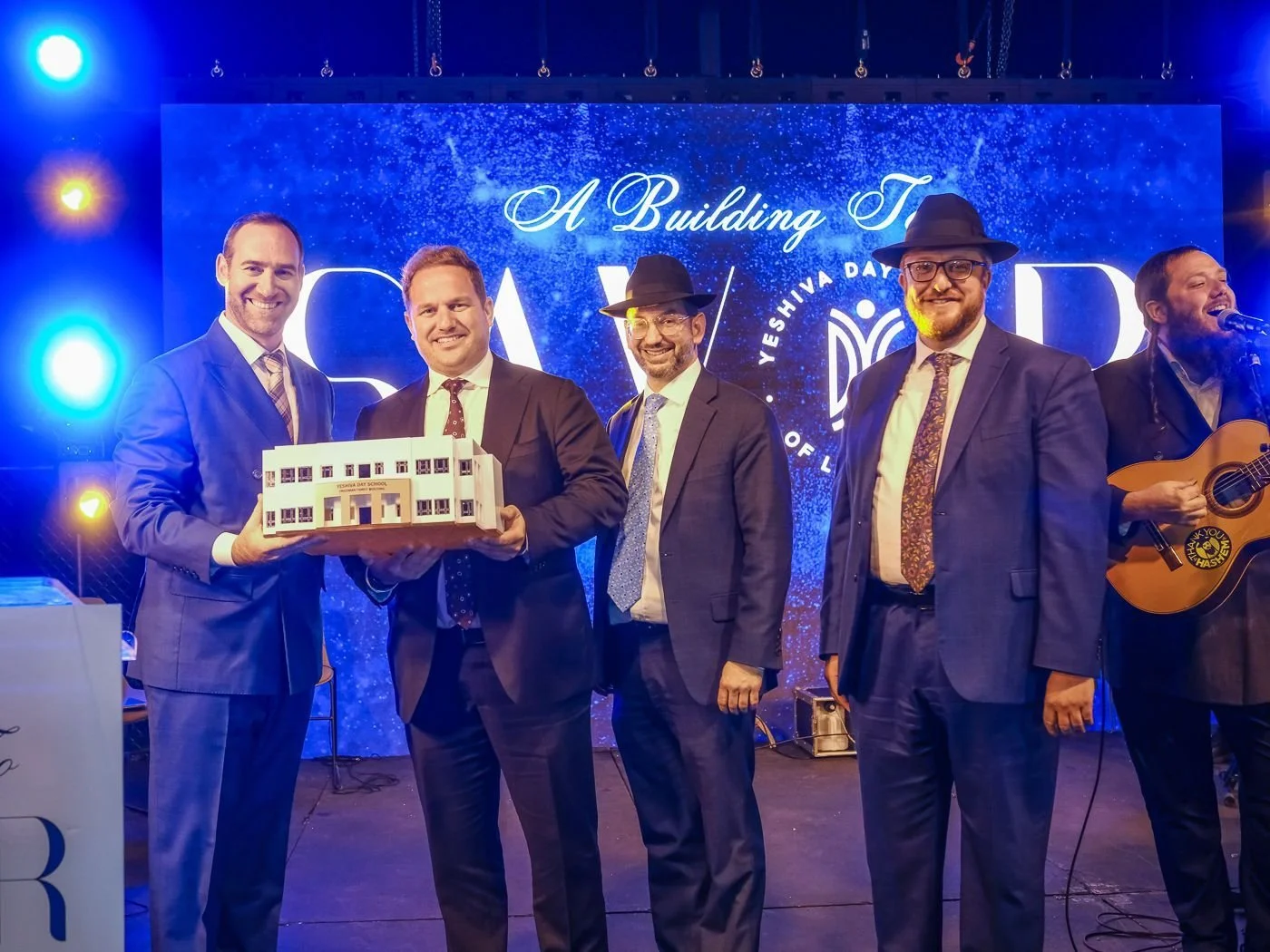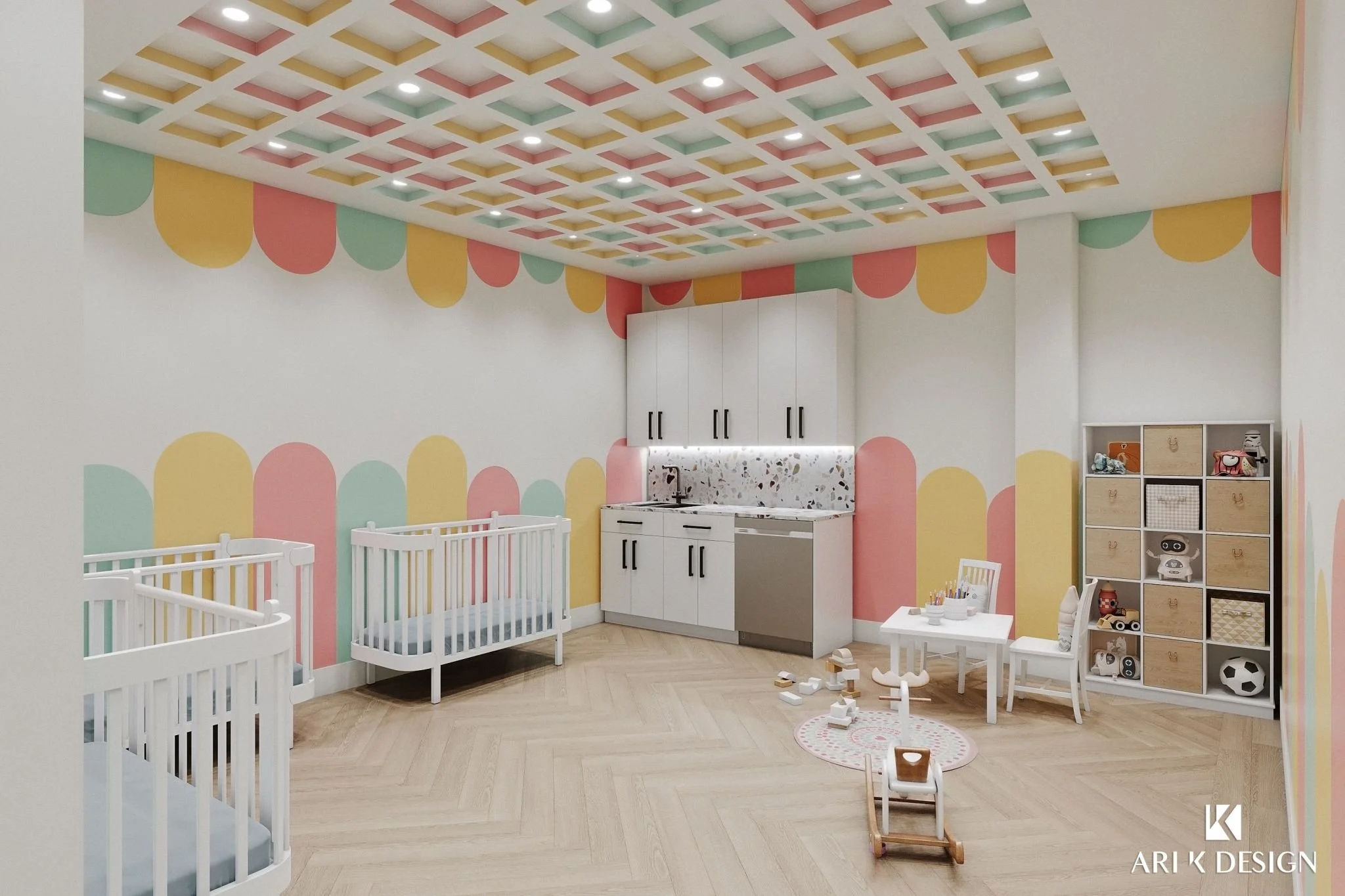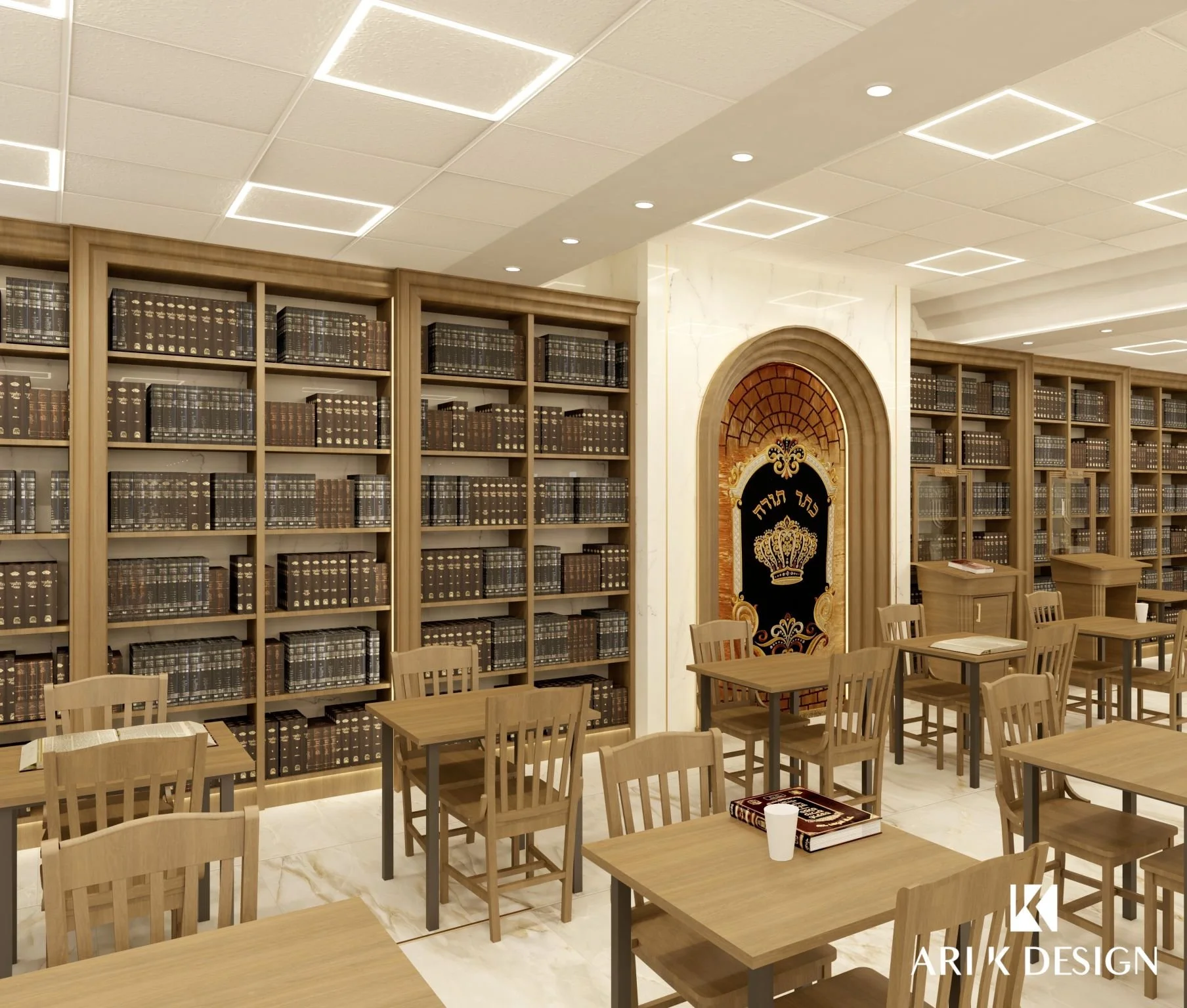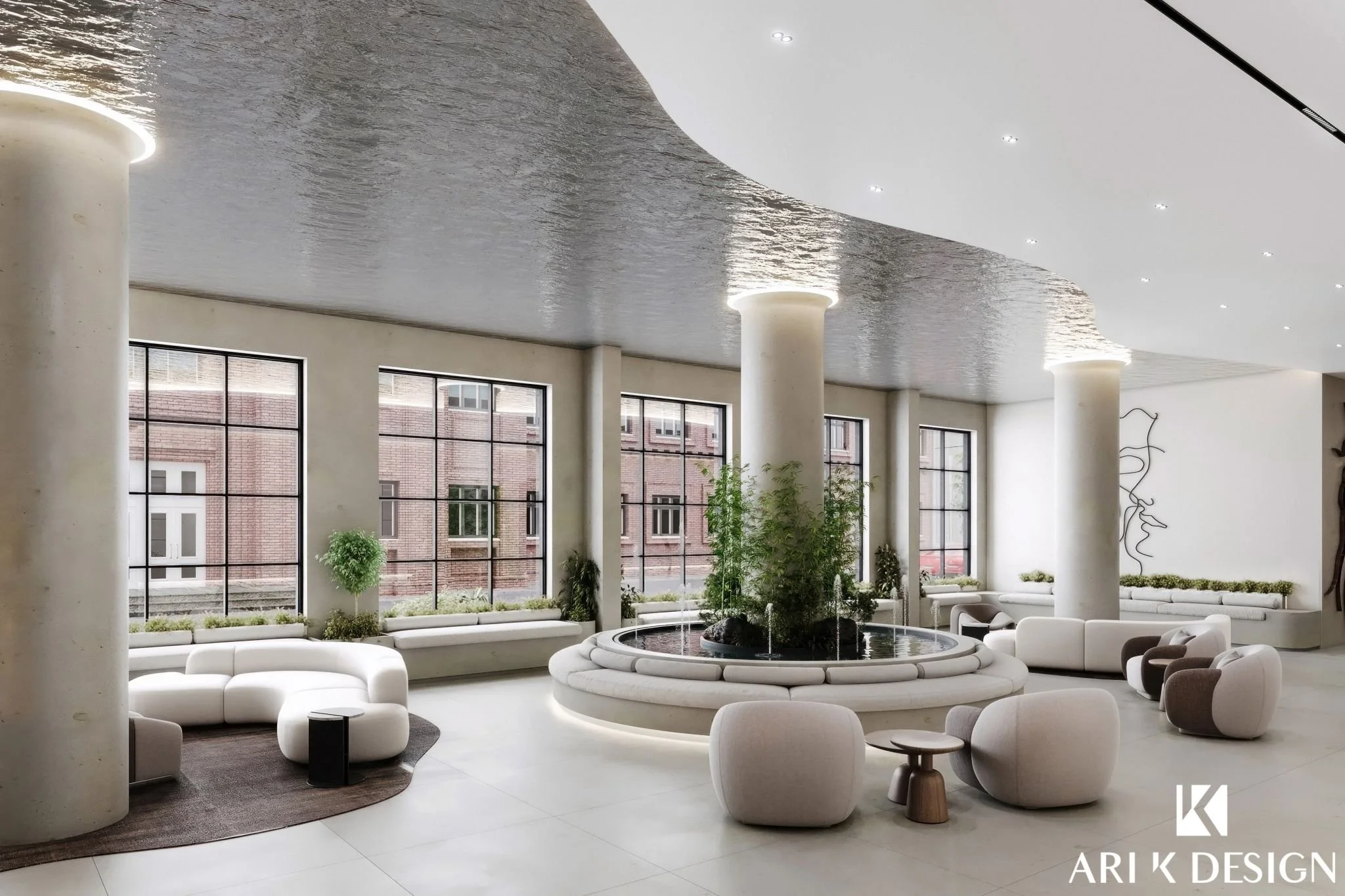A Chat with Ari Koth of Ari K Design
How did a Chassid from Brooklyn end up designing a state-of-the-art Yeshiva day school in Las Vegas (YDLV), of all places?! It’s a stunning new school building that draws many new students because it presents Yiddishkeit as it truly is: beautiful, fresh, and always modern.
I interviewed master interior and exterior designer Ari Koth to learn more about this remarkable project, and to get his top tips for project management.
Chana: Hi Ari, good morning. Let’s start with the obvious: How did a Jewish day school in Las Vegas find you?
Ari: I met a mutual friend, Bentzy Elkoby, at the Boss Summit 2022 business expo. He said, “I know you from LinkedIn!” I said, “Yeah?” and he took my number.
About six months later, he reached out. He said, “I live in Las Vegas, but I’m in NY now. Can I pop into your office?” He came by and gave my number to the YDLV school administrator. The rest is history.
Chana: What was their initial request, and how did the project evolve?
Ari: First, they asked me to design the entire school. They already had floor plans from a local, non-Jewish architect. They also needed a shul for the school which serves both boys and girls in one building.
That was phase one. I looked at the plans and said, “Everything is fine for the city, it’s all legal, but nothing makes sense!” There was no flow. It felt like a complicated maze, and the shul had an unusual layout.
I told them, “I need to redraw the layout because this doesn’t work practically.” So I revised the plans.
Chana: What was the goal for the new building?
Ari: For the shul, I wanted something modern and functional, but also warm. Something that could really attract the next generation.
We always start by asking our clients: “What is your goal? What are you trying to achieve?”
YDLV told us, “Living in Las Vegas, our goal is to show Yiddishkeit as beautiful. We want the school to be welcoming and for kids to see that Yiddishkeit itself is beautiful, not just what’s happening outside in the gashmius.”
What’s fascinating is that YDLV isn’t a Chabad outreach community. It’s more a place where everyone just does their own thing.
But once the new building went up, people felt drawn in without any outreach. Some even pulled their kids out of high-end private schools to join.
I didn’t fully realize how meaningful the project was until I saw the domino effect it created.
Chana: How did you manage everything from so far away?
Ari: We have a very organized process. We document everything with detailed spec books, which meant we only had to travel for the Chanukas Habayis, the inauguration ceremony, at the end. Of course, there were lots of Zoom calls along the way!
The spec books were so clear that the local team in Las Vegas could follow everything without needing us onsite.
Chana: What’s the difference between designing a regular shul and one inside a school?
Ari: It’s all about practicality. You have to consider what kind of kids will be using the space and how it will impact the next generation.
Chana: What was the inauguration like?
Ari: The Chanukas Habayis was incredible, I’m so glad I went! Even though we’re based in NY, we felt a real connection to Rabbi Mandel and the staff. It truly felt like we were part of the YDLV family.
Chana: What’s your top advice for a smooth-flowing design project?
Ari: The more detailed you are, the fewer questions you’ll face. Hire a solid construction team that knows what they’re doing. And if they communicate well, the project will be done quickly and efficiently.
We also set up an organized email chain to keep everything running smoothly.
Chana: Any final thoughts?
Ari: It’s not just about designing beautiful homes, it’s about the deeper meaning behind every project we take on.
